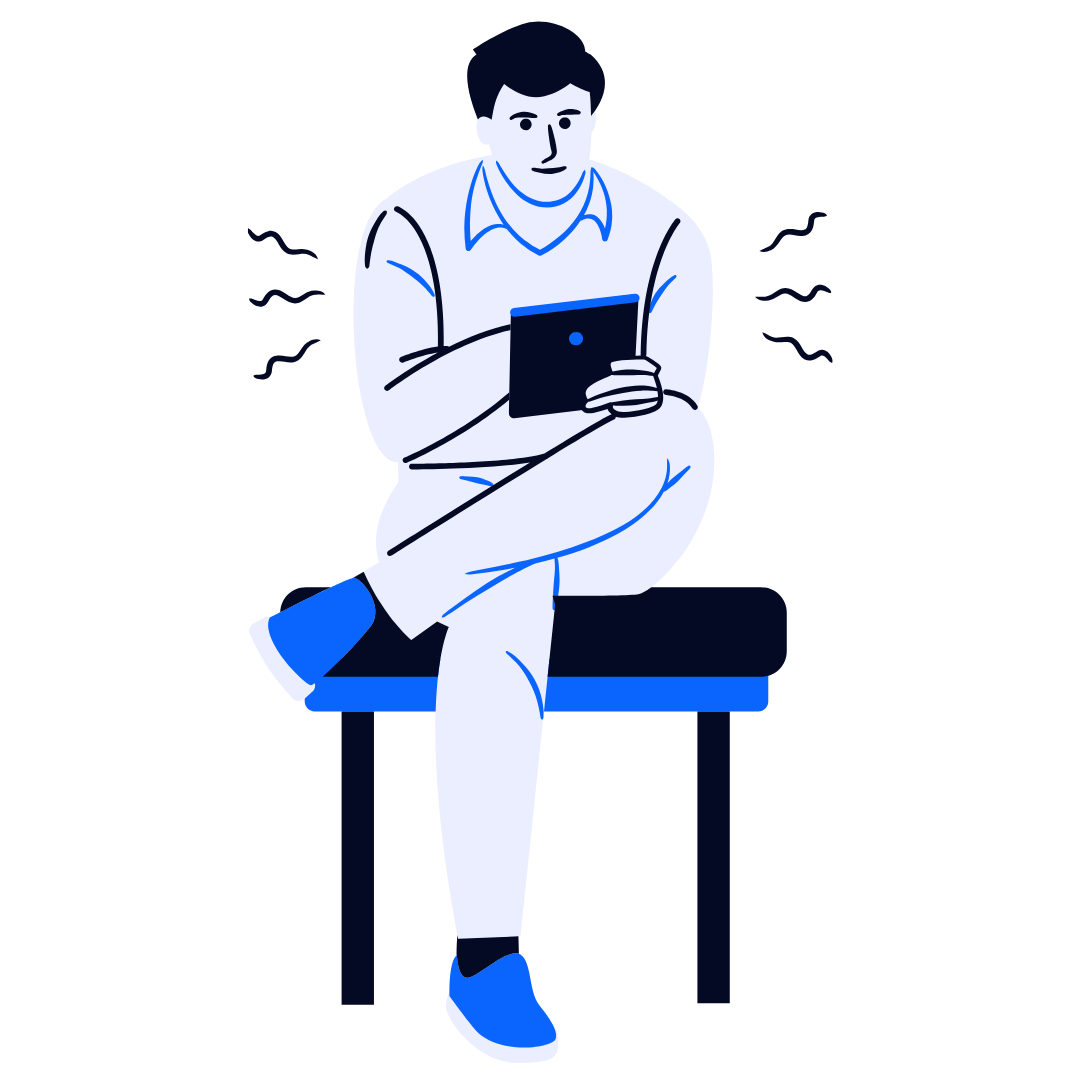Preparing to Teach Online
Are you ready for the unique challenges of teaching online? We can help! We’ve got information, courses, support materials, videos, and more, all designed to help prepare you to teach online.

The Basics
How Is Teaching Online Different from Teaching Face-to-Face?
While teaching online shares many characteristics necessary for success with face-to-face learning, it is also different in some key ways for both students and for instructors. Here are some of the key differences to keep in mind:
- Time In a traditional course, most learning takes place in a set time and place. Not so with online courses, where the classroom is on 24/7. This switch from synchronous to asynchronous can be a challenge for both instructors and students.
- Instructor Presence For face-to-face instruction, instructor presence is a no-brainer–you’re quite literally right there in front of students. In an online course, it can be more of a challenge to create a sense of presence. Instructors need to be mindful of engagement with students, including posting regular announcements and weekly summaries/previews of the upcoming week, creating videos, etc. This engagement helps students to feel supported and valued in the classroom.
- Instructor Role Depending on your experiences in the classroom, you may find that teaching online changes how you interact with your students. Students in an online course often need more coaching and support to be successful than those in a traditional course because they are required to be largely self-motivated.
- Digital Literacy Knowledge of how to use technology isn’t just a bonus in the online classroom, it’s a must. That goes for instructors and students alike, as both must have fluency in the tools used to complete classroom assignments, do research, create content, and engage in other course-related tasks.
- Organization Course structure becomes absolutely critical when instruction moves online. Students need to know what to expect each week, with clearly designed modules, assignments, and activities. Without a consistent course structure, students will spend more time focusing on finding information than completing course work.
- Feedback In the online environment, it’s more difficult for instructors to gauge student progress and interest (there are no bored or excited faces looking back at you) so getting information from students on how they’re feeling and doing in the course is critical. It’s also extremely important to give students thoughtful, actionable feedback, as much of their learning in the course is being self-guided and they may need additional help staying on the right track.

Sign Up Now
Sign Up for Foundations of Online Teaching
Designed for Faculty and Administrators, the focus of this online course is on being an effective online facilitator. Topics include:
- Developing your online course environment
- Effective communication online
- Techniques to build instructor presence
- Media in the online environment
- Accessibility
This fully online, traditional format Blackboard course offers best practices and techniques for creating an engaging and successful online experience.

What to Do
Best Practices for Teaching Online

Create Instructor Presence
You can’t be physically present for students, so you’ll need to keep in touch with videos, emails, announcements, and engagement.

Engage
Engage and communicate with students regularly in an online course, without overwhelming yourself with responses.

Create Structure
Disorder is an online course’s worst enemy. Course modules should be clear, organized, and the same (except for the content) throughout the course.


Give and Get Feedback
It’s important to both get feedback from students and to give students frequent feedback.

Set Expectations
The guidelines for the course should be extremely clear from the start, including your response time and course policies.

Chunk It
Smaller bites of information are better for student learning and understanding. Consider dividing longer lectures into smaller, shorter sections.





